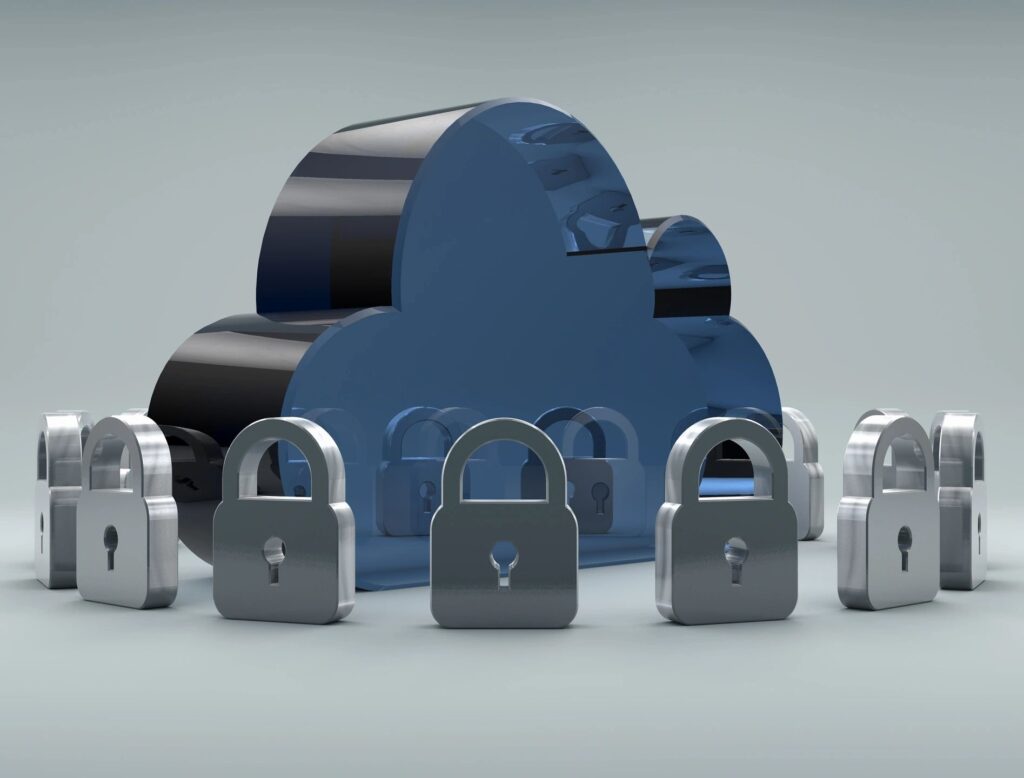Types Of Malware
Malicious software—or malware—is used by threat actors to access and infect a computer or network without being detected. Terms like viruses, adware, spyware, ransomware, worms or Trojan horses; these are all different types of malware that can severely damage your computers. Cybersecurity vendors are constantly on the lookout to find these treacherous codes and put a stop to them before they cause significant damage.
All forms of malware are extremely dangerous once they infiltrate a device, but the way malware functions differ depending on the type of malware. As you look to better safeguard your most critical business assets, below is a list of several types of malware and short definitions of how they work that will help inform your planning for stronger defense-in-depth. Of course, is happy to discuss your specific security needs and explore services that will help best protect your business. Let’s review:
Viruses:
Function—Software that replicates itself over and over again once it is activated
Threat—Viruses will corrupt or delete data
Location—Comes in emails
Adware:
Function—Software that throws advertisements up on your screen (pop-ups)
Threat—Can also corrupt your server and disable you from getting online
Location—Found on the web; can appear through potential unwanted programs
Spyware:
Function—Software that sneakily clings to your computer’s Operating System
Threat—Collects all kinds of information
Location—Can come in through terms and conditions you agree to
Ransomware:
Function—Software from crypto-virology that will lock you out of your own files
Threat—They will block you from your own files until you pay a ransom
Location—Usually carried in through a download or an attachment in an email
Extra—Outlaws
Worms:
Function—Software that relies on vulnerabilities in a computer and spreads like a virus
Threat—They replicate to a point that your network is damaged and bandwidth consumed
Location—Found in vulnerable code
Trojans:
Function—Software that looks legitimate but is activated once its program is clicked
Threat—Designed to damage your computer in any way—disrupt, steal, infect, etc.
Location—They appear in what looks like normal social media ads or other normal links
The above descriptions summarize some of the key components of what these malicious software programs can do, but they all carry an equal amount of concern if your computer is affected. In addition, there are a few other types of malware that we haven’t discussed—Botnet, Rootkit, Spam, etc.
When malware was first created, it was used as pranks and experiments, but now they’re always destructive. If your network or computer is infected by some kind of malware, you should contact a cybersecurity service provider immediately.
To preempt and harden your environment to cyber threats, Allied IT Systems welcomes the opportunity to discuss our cybersecurity offerings, including the value of an initial security assessment, to determine your current level of risk exposure and appropriate steps to remediate security blind spots. Give us a call, we’re here to help!



